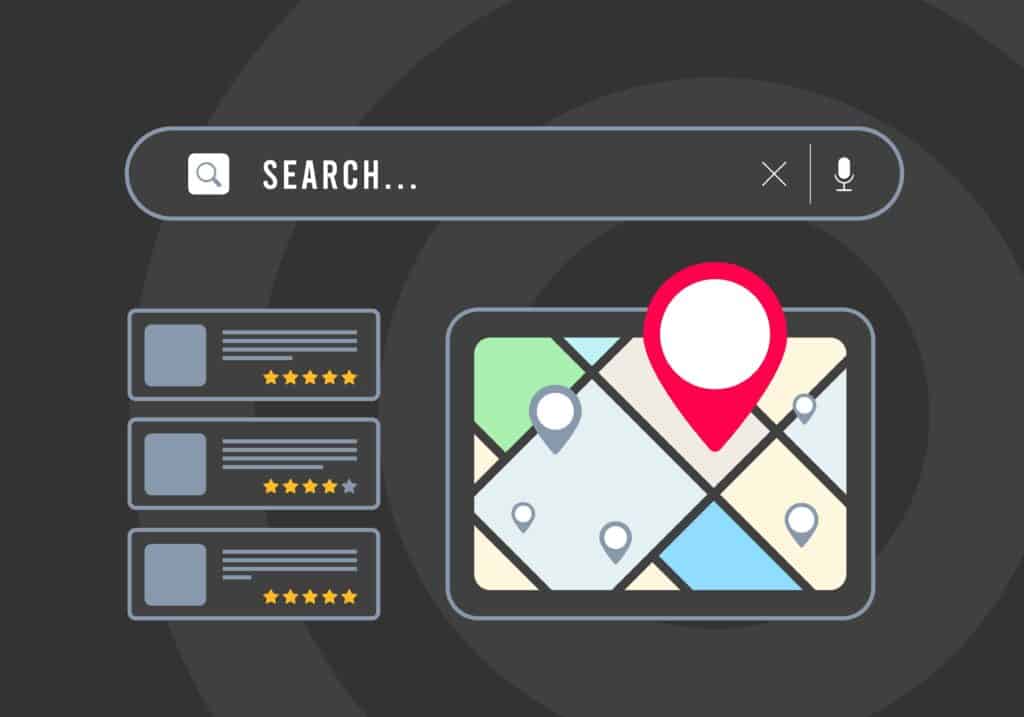Posted on January 17, 2024
6 Healthcare Marketing Trends Shaping the Future in 2024
A new year always seems like a good year to think ahead. As 2024 shapes up, what will healthcare marketing trends look like? Keep reading to learn more about 6 healthcare marketing trends shaping the future in 2024!
1. Meta Will Only Continue to Embrace AI
2023 was the beginning of a new era of AI collaboration in marketing. Tech Companies like Meta and Google have been utilizing Artificial Intelligence for a long time in their platforms, but with the release of GPT and image-generation tools powered by AI technologies, the role of AI in the marketing world has expanded greatly.
Meta now offers Ad Copy recommendations powered by AI that use your current written copy as a guideline but make changes and recommendations based on what they believe will perform the best on their platform. This means we can now provide copy variations to our ads that are based on recommendations by the Meta platform itself, which theoretically means more engaging ads and better performance.
Meta has also rolled out numerous image and text modification tools powered by their AI that create a more dynamic ad experience than ever before. Now, ads can be automatically expanded to fit different devices better through the power of AI, and small animations can be added to static images to make them more eye-catching for our audience.
Most recently, Meta launched a new AI image-generation tool called “Imagine with Meta AI,” where, like most of these AI Image-generation tools, you type in a text prompt, and it “imagines” the image you are describing.
2. The Value of Enhanced Content on a Google Business Profile Will Continue to Matter

2024 will undoubtedly bring new updates to Google Business Profiles and how patients conduct local searches. This next year you’ll likely see significant advancements in AI, with these technologies becoming more integrated into your daily routines.
Reflecting on the previous year, it’s evident that Google has increasingly emphasized the role of imagery and video content within Google Business Profiles. Notably, videos now often appear prominently in business listings and have been integrated into patient reviews.
Implementing videos alongside high-quality photos has proven to be highly effective in boosting patient conversion rates. Additionally, incorporating products and Q&A into GBP listings has been effective in significantly elevating both impressions and user interactions.
For the upcoming year, while it remains essential to concentrate on the foundational elements such as reputation management, quality website content, ensuring the completeness of your GBP, maintaining accurate citations, incorporating video content, professional photography, and detailed products and Q&As on your GBP will continue to be extremely important.
These strategies are key to differentiating your business in a competitive market and positioning yourself as the preferred choice for patients.
3. Use AI as a Tool for Content Marketing Instead of the Solution
It should come as no surprise that 2023 was all about artificial intelligence and how AI changed the world. This also applies to the world of content marketing.
Suddenly, it became possible to write a page of content in seconds instead of what used to take hours. But just because you can use AI to jumpstart your content marketing needs, doesn’t mean you necessarily should.
AI shouldn’t be the only way you’re creating content. In fact, it shouldn’t be the content you’re creating at all. Google is smart, and it knows what you’re doing.
No matter how easy it may seem, taking the time to create your own content and write it yourself is always the best way to go. In 2024, if you must use AI, treat it as a tool instead of the solution.
Tools like Bard, chatGPT, and Jasper can help you create outlines and rough drafts and flesh out your voice before you start writing. Using them without fact-checking, finessing, and making their words your own will likely result in poor rankings and content that feels lacking.
AI is an incredible tool, but if you rely on it to do everything, you’ll end up with nothing.
4. Google is Giving Practices More Tools For Ad Success
Google Ads has focused heavily on optimization performance recommendations called “Optimization Score” across all ad networks that Google utilizes. These recommendations include everything from setting suggested Target CPAs, adjusting budget recommendations, and network expansion based on target audience traffic.
Optimization Scores change continuously based on ad performance combined with changing trends in the ads ecosystem. One of the most important aspects of this feature is that it gives users the ability to personalize their Optimization Score, giving them full control of their ad performance, thus setting them up for success.
5. Generative Search Experience is Becoming More Robust

Generative search experience (SGE) is already live on places like Bing and Perplexity, and Google has been rolling out its version over the course of 2023 with a move out of beta slated for 2024.
While SGE is arguably just a more robust version of featured snippets that have been around for a few years, initial investigations into medical-based generative search results show that the following are strategies to use in your content in order to increase the likelihood of appearing in generative search results:
- Cite Sources
- Quotation Addition
- Statistics Addition
These three strategies showed a 30-40% relative improvement in appearing as answers to generative search queries compared to the baselines in controlled research studies.
6. Using Online Tracking Pixels in Healthcare
The most prominent topic in healthcare marketing for 2023 was the HHS bulletin on online tracking pixels. We suspect it will continue to dominate the discussion in 2024 as the industry awaits (and demands) clarification.
While thoughtful and aimed at protecting user privacy in its intent, the bulletin created more questions than it could provide answers.
Healthcare apps and hospitals were at the forefront and, in some instances, faced legal action for their use of tracking pixels and analytics software on patient-facing pages. Specifically, patient portals or patient account pages where patient information could be found in the URL as a query parameter:
(/?firstname=Tim&lastname=McTim&accountid=000000&condition=something ).
Moving forward in 2024, healthcare practices and marketers need to be aware and take inventory of the online tracking pixels they are using and understand how to use the tools in a compliant manner.
While tools such as Google Analytics are open about not being HIPAA compliant and will not sign a BAA with their users, there still may be situations where it can be used. Like any healthcare marketing tool, it needs to be used correctly and in a way that prevents the collection of PHI. We are already seeing new versions of Google Analytics (GA4) bring updated features such as Data Redaction to their platform to try and prevent these instances.
Going back to the discussion on HIPAA-compliant forms, two of the best ways to protect yourself with the use of online tracking pixels are to:
- Utilize a form system that embeds forms as iframes.
- Ensure your forms do not include form field data in the URL redirects upon submission.
Iframes have inherent technical restrictions and security settings that prevent scripts on the parent page (the page the form is embedded on) from communicating with the embedded iframe of the form, and form field data in URLs is how PHI can get captured by analytics software.
This upcoming year will be about continuing to understand appropriate use cases in healthcare marketing with things like YouTube, ad remarketing, and marketing software in the Facebook, TikTok, and Google ecosystems.
Are you ready to jumpstart your healthcare marketing in 2024? Take the first step by contacting Glacial Multimedia to request a quote to learn more! What do you have to lose this year?
